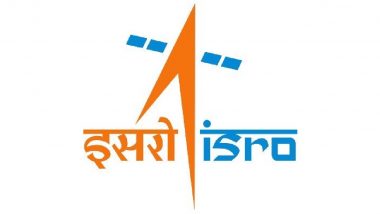New Delhi, February 8: The landing site of Indian Space Research Organization’s (ISRO) Chandrayaan-3 near the south pole of the Moon in 2023, is about 3.7 billion years old, according to scientists. Chandrayaan-3 spacecraft carrying lunar lander Vikram, and Pragyan rover became the first to land near the South Pole of the Moon on August 23, 2023.
With Chandrayaan-3's success, India also became the fourth nation after the erstwhile USSR (now Russia), the US, and China to make a soft landing on the Moon. Using high-resolution remote sensing datasets, a team of scientists including from the ISRO, Bengaluru, and Physical Research Laboratory in Ahmedabad mapped the landing site of Chandrayaan-3. Boeing Layoffs: Aerospace Giant To Cut 400 Jobs As NASA Expected To End SLS Contracts Amid Adjustments in NASA’s Artemis Program, Cost Expectations.
“The geological map reveals the spatial distribution of three distinct terrain types within the landing area that includes high-relief rugged terrain and smooth plains, and low-relief smooth plains,” said the team in the paper, published in the Science Direct journal. The team determined that “the region is approximately 3.7 billion years old”. “It dates back to the same era when the earliest microscopic life forms began emerging on Earth,” said scientists in an article published in Nature.
The Chandrayaan-3 landing site is situated within the low-relief smooth plains. Offering new insights into the Moon’s history, the geological map of the site reveals that debris from the nearby Schomberger crater covers the area. Further, the analysis revealed the landscape is scattered with boulders, some of which exceed five metres in size. Sunita Williams Clicks ‘Ultimate Selfie’ in Space During Her 9th Spacewalk, NASA Shares Stunning Photo.
“Most of them originate from a fresh, 540-metre crater located 14 kilometres south of the landing site,” the scientists report. To the west side are smaller, centimetre-sized rock fragments, which likely came “from a nearby 10-metre-wide crater”, the team said. The findings showcase valuable context for the interpretation of Chandrayaan-3 mission data and contribute to understanding the geological history of the Moon’s southern high-latitude region.
(The above story first appeared on LatestLY on Feb 08, 2025 05:50 PM IST. For more news and updates on politics, world, sports, entertainment and lifestyle, log on to our website latestly.com).













 Quickly
Quickly











